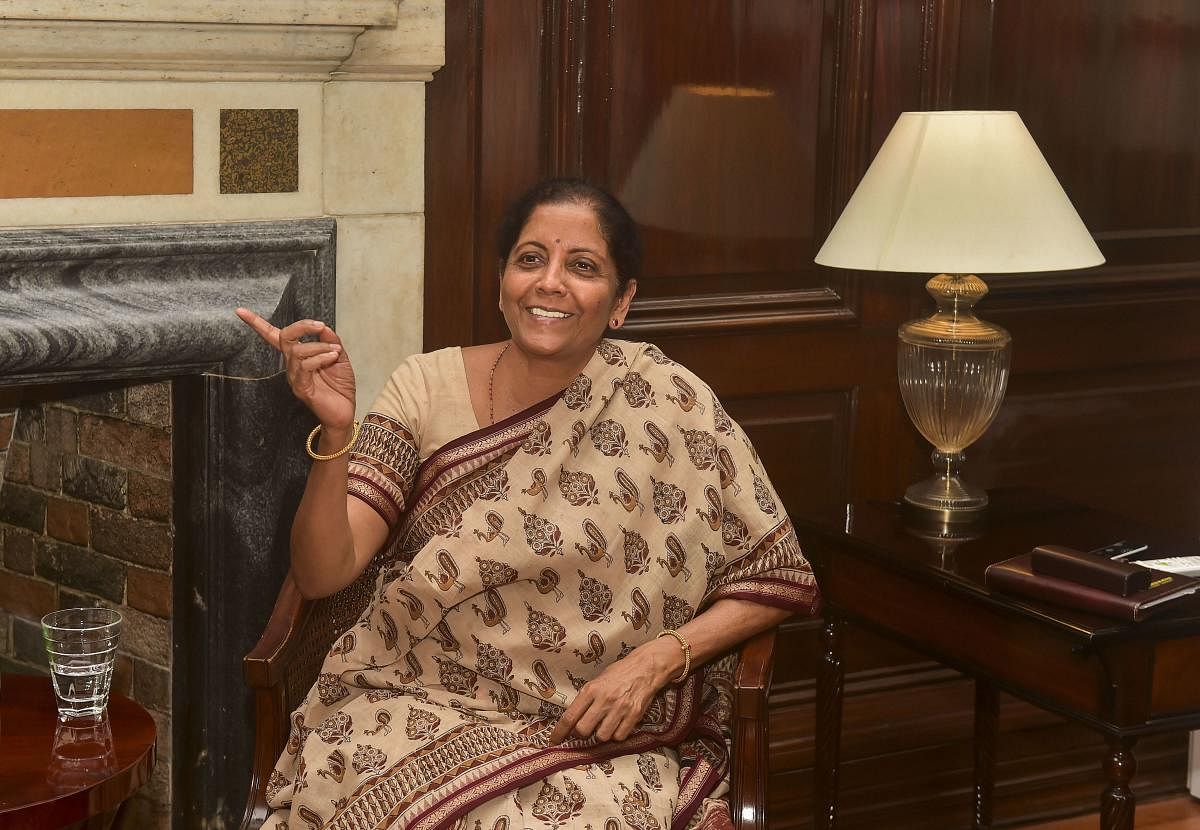
Partly by default, and partly by design, Indian Prime Minister Narendra Modi has managed to assemble a newish-looking team for his second term. Hopefully, the freshness will carry over to ideas.
The top job in the finance ministry opened up as Arun Jaitley, who held the position during Modi’s first five-year term, made himself unavailable for health reasons. The Prime Minister picked Nirmala Sitharaman to become India’s first full-time female Finance Minister. Sitharaman previously handled defense and commerce but lacks the experience typical for what’s traditionally considered the cabinet’s No. 2 job, having been a member of parliament for only five years. Several of India’s past finance ministers have gone on to become prime ministers and presidents.
So perhaps the Prime Minister himself wants to be closely involved in supervising the economy. That’s good and bad. Decisive leadership is required to unclog the jammed financial channels, speedily privatize state-run businesses, and give private investments a decisive push. However, the risk with strongmen leaders is that they tend to give short shrift to institutions and independent-minded counsel, something that Sitharaman herself will need to be mindful of when implementing her boss’s plans.
What the new Indian finance minister lacks in heft, she must make up with organizing ability, as a sort of coordinating minister for economic affairs. A signature reform investors expect from Modi’s second term is a new labour law – a single, flexible code to replace a plethora of antiquated rules. With Sitharaman as the point person for finance, and Modi keeping a close tab, the labour ministry will be working overtime to deliver a bill. Ditto for land acquisition, a major roadblock for infrastructure and industrial projects, as my colleague Anjani Trivedi wrote recently. The BJP has a comfortable single-party majority in the lower house of parliament and may gain control of the upper house by next year. That augurs well for a simplified, less-time-consuming law for acquiring and pooling farmland for new purposes, something Modi was unable to carry through in his first term.
Sitharaman’s not-to-do list will be equally crucial. Given how badly India needs risk capital from the rest of the world, one of her priorities will be to rein in an overzealous bureaucracy itching to raid the central bank’s reserves. That misadventure, if encouraged, would further emasculate the Reserve Bank. Her other task will be to extricate the government think tank from meddling in GDP statistics, whose quality has recently become a pet peeve of investors.
While Sitharaman as finance minister is a somewhat surprising selection, the most inspired choice in Modi’s new cabinet is a non-politician. As a diplomat, Subrahmanyam Jaishankar negotiated with the George W. Bush administration to win U.S. acceptance of India as legitimate nuclear power. A former ambassador to both the U.S. and China, Jaishankar – as the new foreign minister – can help New Delhi tiptoe around the trade spat between Washington and Beijing. New Delhi has much to gain from a remaking of global supply chains, as well as much at risk from a tech cold war. The digital Iron Curtain, as my colleague Tim Culpan calls it, will be a challenge for the Modi government’s second term. Even as President Donald Trump is determined to isolate Huawei Technologies Co., the Chinese electronics firm is making a strong bid to participate in fifth-generation or 5G mobile services in India.
Then there’s the broader trade question. China is importing more from other countries to cut reliance on US suppliers. That is helping India slash its annual trade deficit with China by $10 billion to $53 billion. Still, the country’s overall trade deficit hit a five-month high in April. Unless the new commerce minister, Piyush Goyal, is able to lift stagnant exports, any revival in domestic demand – or an increase in global oil prices – could destabilise the rupee and derail reforms. Modi’s new team has its work cut out.